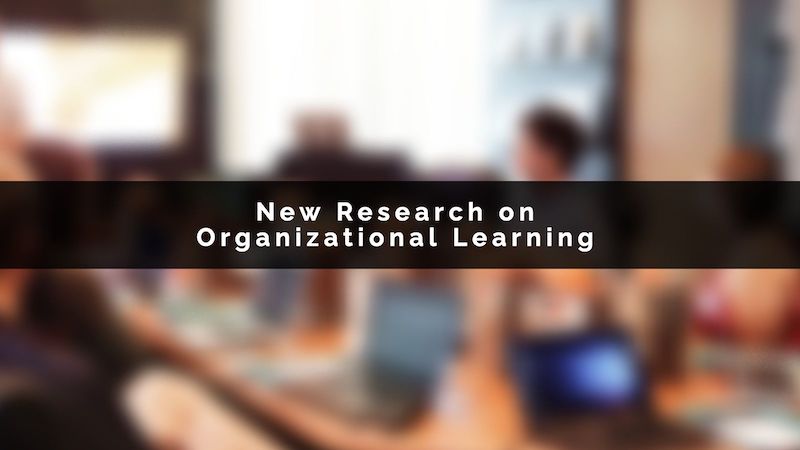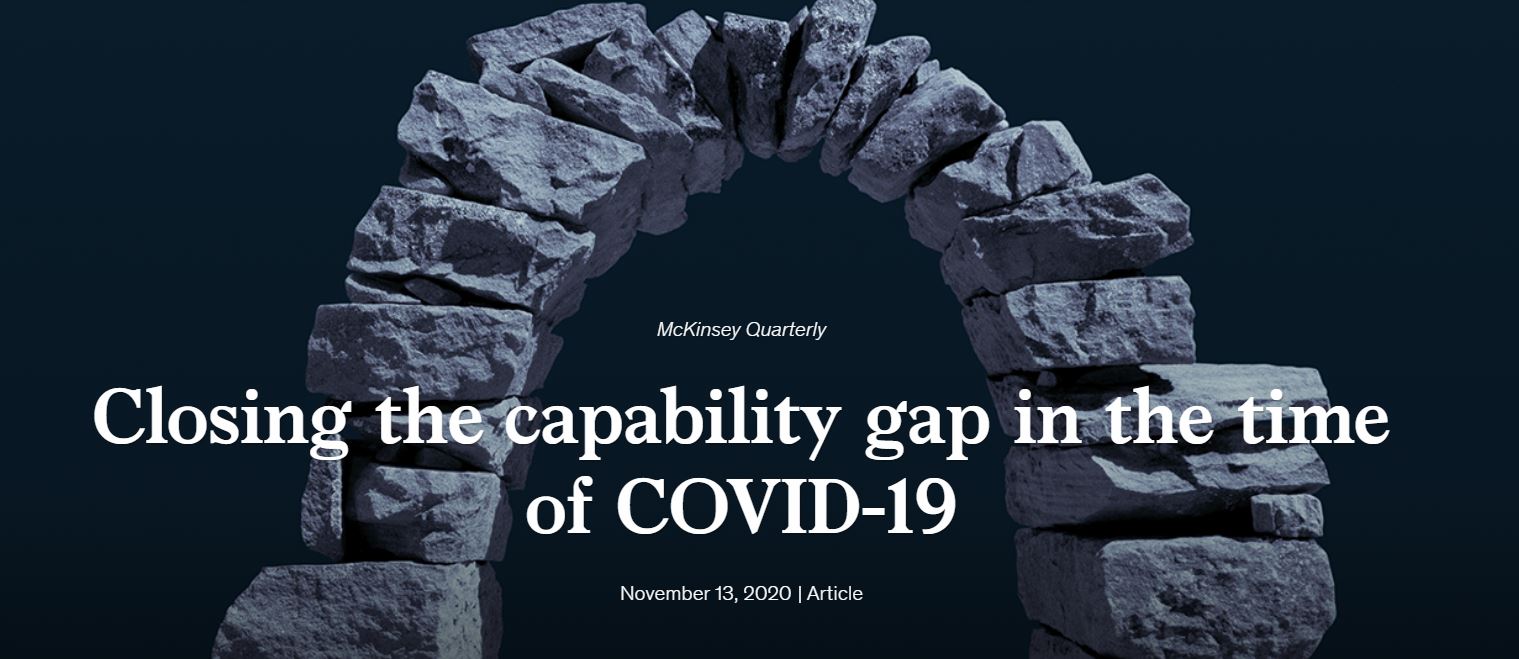COVID-19 has changed much about how we live and work. During this post-pandemic age, companies have been forced to shift their attention to virtual working and learning environments. When it comes to employee training and development, then, it seems obvious that a successful virtual environment is also needed to help employees reach their full potential and continue to grow and improve upon their skillset. In McKinsey’s latest “Closing the Capability Gap in the Time of COVID-19”, they explored this issue in more detail and provided a few key insights to help businesses move forward.

Insight #1: Don’t Wait – Build Digital Learning Experiences Now
Companies cannot wait until “business as usual” to promote employee training and development. Those experiences need to be happening now in the digital space. One business who deployed a successful digital training program relied on five critical elements, including:
- Investing in the fundamentals- focusing on specific behaviors that employees need to work effectively every day
- Promoting digital learning as the primary method of capability building – digital as the first step for any employee seeking to increase their capabilities
- Setting priorities from top to bottom – no one is exempt from completing digital learning
- Enforcing behavioral change – learning is complete when actual changes in behavior can be observed
Insight #2: Bridge the Physical and Mental Distance in Virtual Workshops
The reduction in in-person meetings has reduced the intimacy and connection many enjoy and thrive with. While collaboration in a remote-working environment is more difficult in many aspects, virtual learning can still maintain these connections through video-conferencing and digital collaboration tools. And learners agree – these virtual workshops (when done correctly) can be just as engaging and effective as an in-person event.
Insight #3: Focus on Reinforcing Key Behaviors
Reinforcing and sustaining organizational change has never been easy, especially in the COVID-19 era. Management needs to set clear expectations for changes, and employees need continued guidance to meet those expectations. Relating organizational positive outcomes with employee actions is therefore crucial to encouraging and maintaining progress.
Conclusion
Virtual learning is an effective way to support your employees during the COVID-19 era. Research indicates that businesses should be taking action now to invest in their employees training and success.
Keep reading our innovation and design thinking blog for more critical insights during COVID-19 and beyond.

